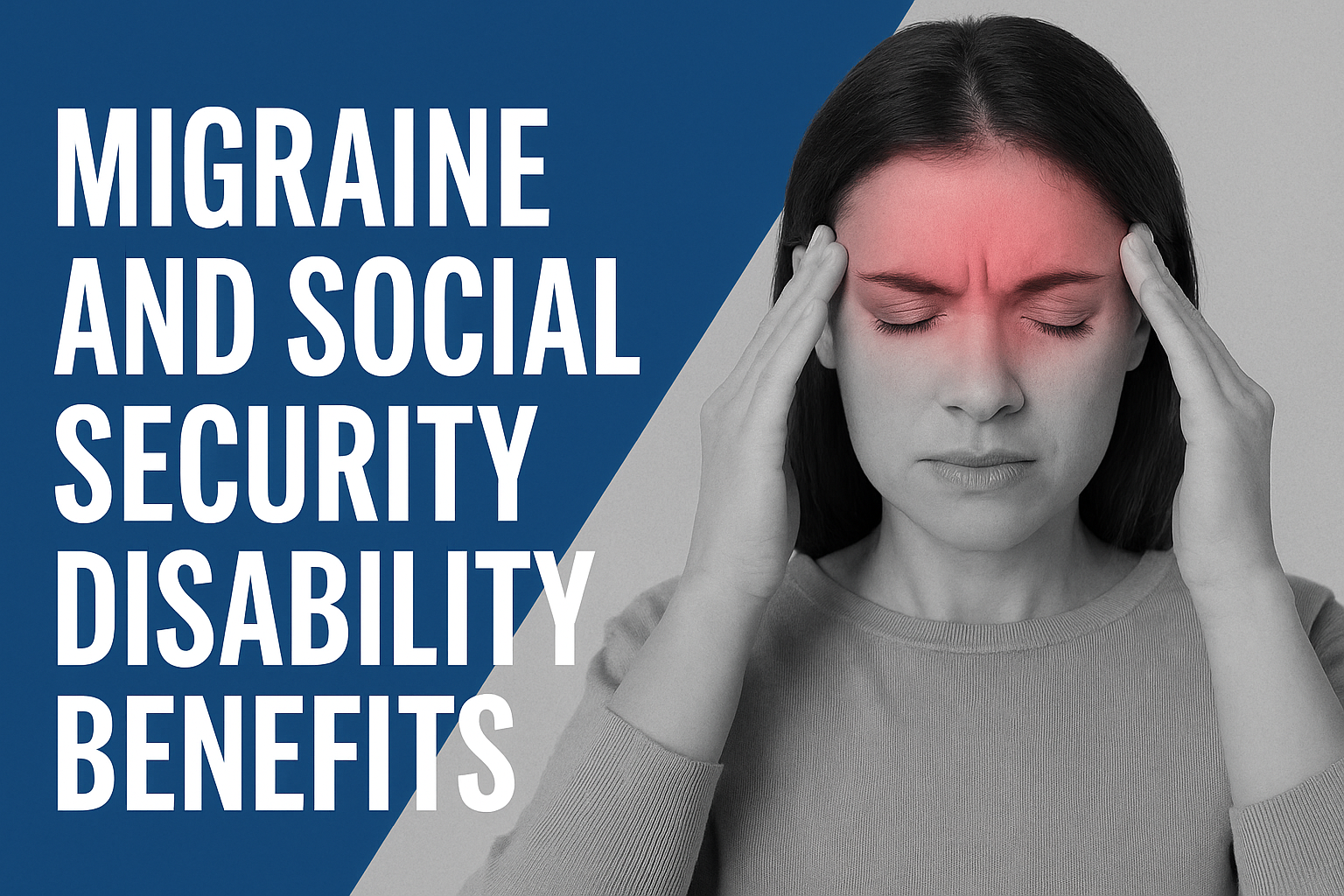The SSA provides benefits to four core groups of people: people who have retired, people who are disabled, people who are dependent on Social Security beneficiaries, and survivors of workers who have passed away. By learning more about which groups the SSA pays Social Security benefits to, potential applicants can determine whether they are eligible for Social Security and benefits.
When people think about what kind of benefits the Social Security Administration (SSA) provides, they generally think of the Social Security benefits that are provided to older workers in their retirement. However, the SSA is responsible for numerous benefits that are provided to more groups of people than just retired workers.
Nearly 57 million people in the United States collect Social Security benefits each month. This means for nearly every one out of four households, someone in the home is receiving Social Security benefits. While retired workers make up a significant portion of those receiving Social Security benefits, there are many other groups that the SSA is responsible for the provision of benefits.
Retired workers
There are just over 37 million retired workers receiving Social Security benefits. These benefits are paid to retired workers who meet certain qualifications. To receive Social Security benefits as a retired worker, the beneficiary must (1) have worked in covered employment long enough to be insured by the SSA, and (2) be at least 62 years old.
Disabled workers
Social Security benefits are also paid to workers who are unable to perform their job duties as a result of a disabling condition. There are almost 9 million disabled workers receiving Social Security Disability benefits. To receive Social Security benefits as a disabled worker, the beneficiary must (1) have worked in covered employment long enough to be insured by the SSA and (2) have recently worked in covered employment prior to the onset of the disability.
Dependents of beneficiaries
People who are dependent on Social Security beneficiaries, whether retired or disabled, are also eligible to receive Social Security benefits. There are almost 5 million dependents of beneficiaries who also receive Social Security benefits. These dependents can include the spouse or the children of a retired or disabled worker.
To qualify for Social Security benefits as the spouse of a retired or a disabled worker, the spouse must either (1) have a child under the age of 16 or a disabled child in his or her care or (2) be at least 62 years old. This rule also still applies to a divorced spouse so long as the marriage lasted at least 10 years.
To qualify for Social Security benefits as a child of a retired or disabled worker, the child must either be (1) a minor child under the age of 18, (2) an adult child who became disabled before the age of 22, or (3) a high school student under the age of 19.
Survivors of deceased workers
Though a working person earns his or her own Social Security benefits, the SSA also pays Social Security benefits to the survivors of deceased workers. There are over 6 million survivors of deceased workers receiving Social Security benefits. There are five types of beneficiaries who qualify to receive the benefits of a deceased worker: a child of a deceased worker, an aged widow(er), a young widow(er), a disabled widow(er), and a parent of a deceased worker.
As noted above, just as children who are dependent on Social Security beneficiaries may receive benefits, a surviving child of a deceased worker can receive Social Security benefits as well. The same requirements apply for children of deceased workers as child dependents of beneficiaries.
A widow or widower can receive Social Security benefits depending on his or her age, dependents, and whether he or she has a disability. An aged widow(er) must be at least 60 years old to receive benefits. A young widow(er) must (1) have a child under the age of 16, or (2) have a child with a disability under his or her care to receive benefits.
A parent of a deceased worker can also receive the Social Security benefits belonging to their child if he or she was (1) dependent on their child during the worker’s life and is (2) at least 62 years old.
The SSA’s responsibilities
In 2012, the SSA paid almost $800 billion in Social Security benefits to the beneficiaries described above. As potential applicants can see, the SSA has great responsibilities to groups of people far beyond just retired workers.
Are you applying for Social Security Disability Benefits for the first time, or are you appealing a denial of benefits? Consider the Law Office of Neil H. Good for representation. You can contact us online or call #(847) 577-4476.








